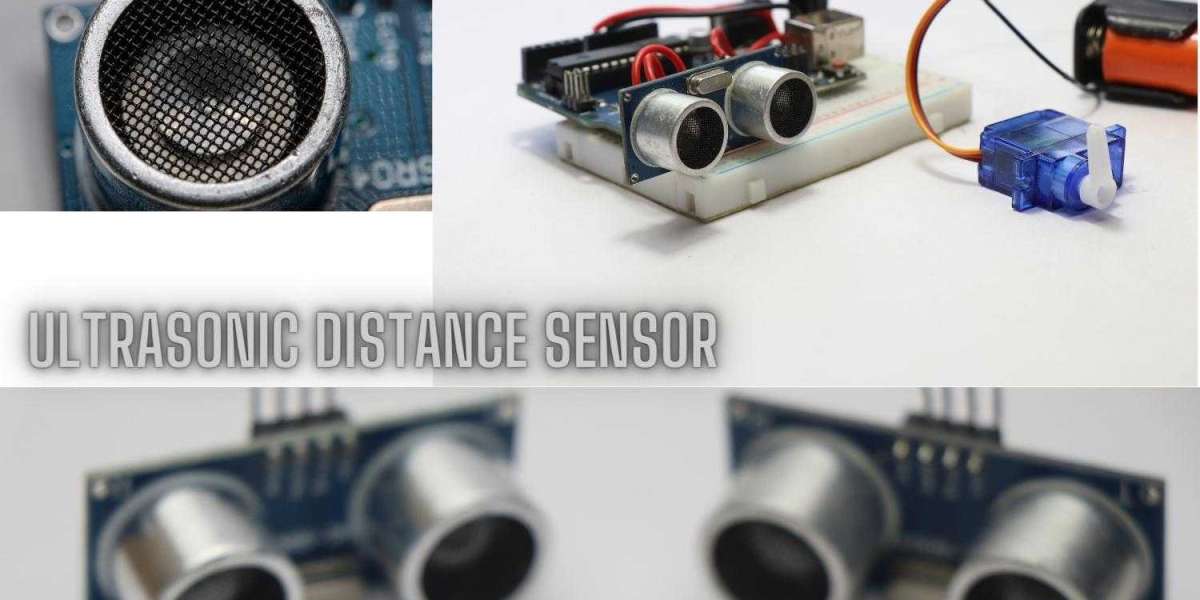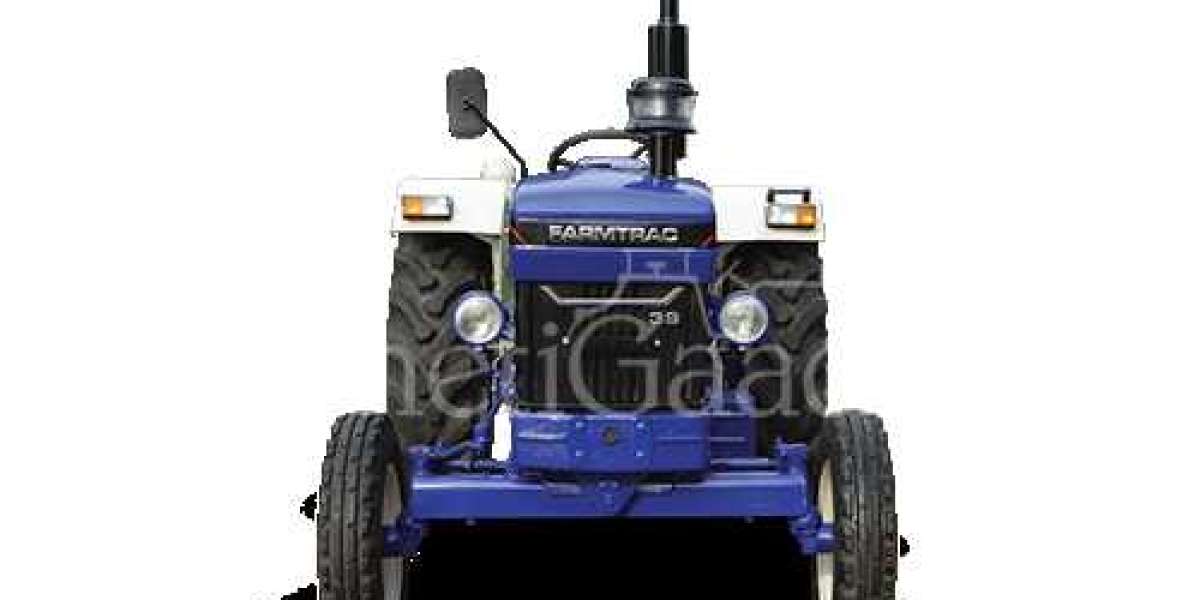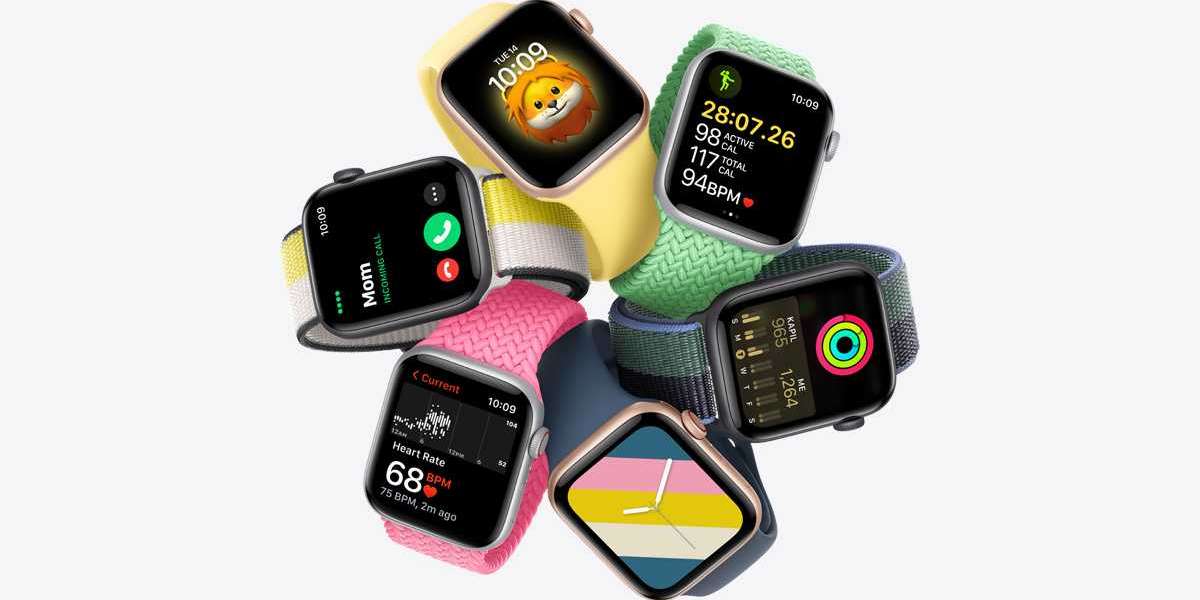The Doppler effect is a phenomenon in physics that occurs when there is a relative motion between a source of waves and an observer. It causes a shift in the frequency of the waves observed by the observer, which is commonly experienced in everyday life with sound waves and light waves. In the context of ultrasonic distance sensor, the Doppler effect can have a significant impact on their accuracy, and understanding this effect is crucial for designing reliable distance measurement systems.
Understanding the Doppler Effect in Ultrasonic Sensors
Ultrasonic distance sensors work on the principle of emitting high-frequency sound waves and measuring the time it takes for the waves to bounce off an object and return to the sensor. The speed of sound in air is approximately constant under most conditions. However, when either the source of sound (the sensor) or the object is in motion, the relative velocity between them can introduce a change in the observed frequency due to the Doppler effect.
When the sensor is stationary and emits sound waves toward a moving object, the Doppler effect can cause a shift in the frequency of the returning waves. If the object is moving towards the sensor, the frequency appears higher than the emitted frequency (blue shift), and if the object is moving away from the sensor, the frequency appears lower (red shift). This frequency shift can result in incorrect distance measurements because the sensor assumes a constant speed of sound.
Mitigating the Doppler Effect in Ultrasonic Sensors
Use of Continuous Wave Ultrasonics: One way to mitigate the Doppler effect is to use continuous wave ultrasonics. Instead of emitting single pulses of ultrasound, a continuous wave of ultrasound is transmitted. This approach allows the sensor to continuously receive returning waves, making it possible to measure the frequency shift accurately. Advanced signal processing algorithms can then be applied to calculate the correct distance.
Frequency Modulation: Another technique involves modulating the frequency of the emitted ultrasound. By varying the frequency, it becomes easier to detect the Doppler shift and correct for it in real-time. This method is commonly used in more advanced ultrasonic sensors.
Multiple Sensor Arrays: Deploying multiple ultrasonic sensors from different angles can help compensate for the Doppler effect. If one sensor observes a Doppler shift due to object motion, others may provide more accurate measurements, allowing for better triangulation of the object's position.
Calibration and Compensation: Sensors can be calibrated under different conditions and motion scenarios to create compensation algorithms. These algorithms adjust the measured distances based on the expected Doppler shifts. However, this approach may not be as effective for highly dynamic or unpredictable scenarios.
Synchronization with Object Motion: In some applications, it's possible to synchronize the sensor's operation with the motion of the object being measured. For example, in automotive radar systems, the sensor can adjust its emission and reception timing to account for the motion of the vehicle.
Higher Frequencies: Using higher-frequency ultrasound can reduce the impact of the Doppler effect since the relative frequency shift becomes smaller at higher frequencies. However, this approach may have limitations, such as reduced range and increased susceptibility to environmental factors.
In conclusion, the Doppler effect can indeed affect the accuracy of ultrasonic distance sensor, especially in scenarios involving relative motion between the sensor and the object being measured. However, through careful design, signal processing techniques, and calibration, it is possible to mitigate its impact and obtain accurate distance measurements in a wide range of practical applications. Researchers and engineers continue to explore innovative solutions to make ultrasonic sensors even more reliable and robust in the presence of motion-induced frequency shifts.
For more information visit kcsencer








